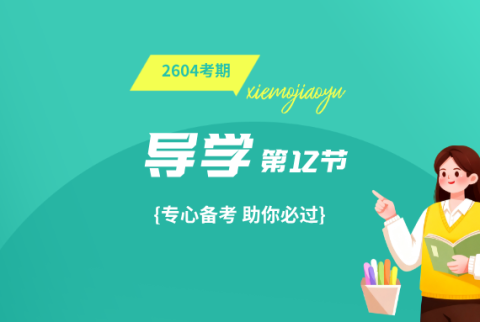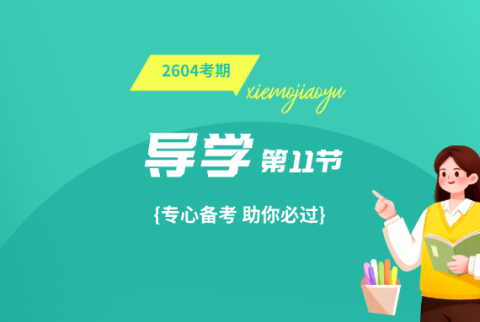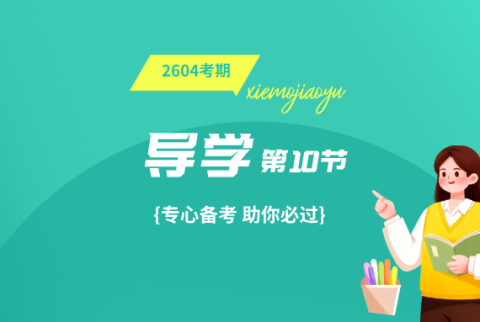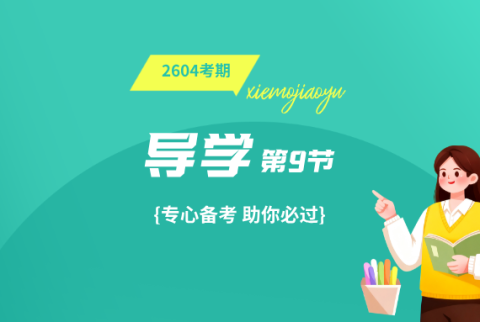The Impact of Online Learning on Traditional Education
Online learning has become increasingly popular due to its high level of flexibility, low cost, and lack of geographic limitations. However, the traditional form of education still has its advantages, such as more extensive interaction between teachers and students, controllable teaching effects, and favorable conditions for developing critical thinking and creativity.
When comparing these two forms of education, it is important to note their respective strengths and weaknesses, as well as potential problems. While online learning provides convenience and affordability, it may also lack adequate support and guidance, leading to decreased student engagement and motivation. On the other hand, traditional education may be limited by geographic location and costly tuition fees, which can hinder access for students.
To optimize the benefits of both forms of education, it is suggested that a hybrid model be adopted, combining online learning with traditional education. This could involve using online resources to supplement classroom teaching, creating more interactive and engaging online learning activities, and incorporating virtual reality technologies to simulate real-world experiences. By doing so, we can make education more accessible, efficient, and effective for all learners. |



